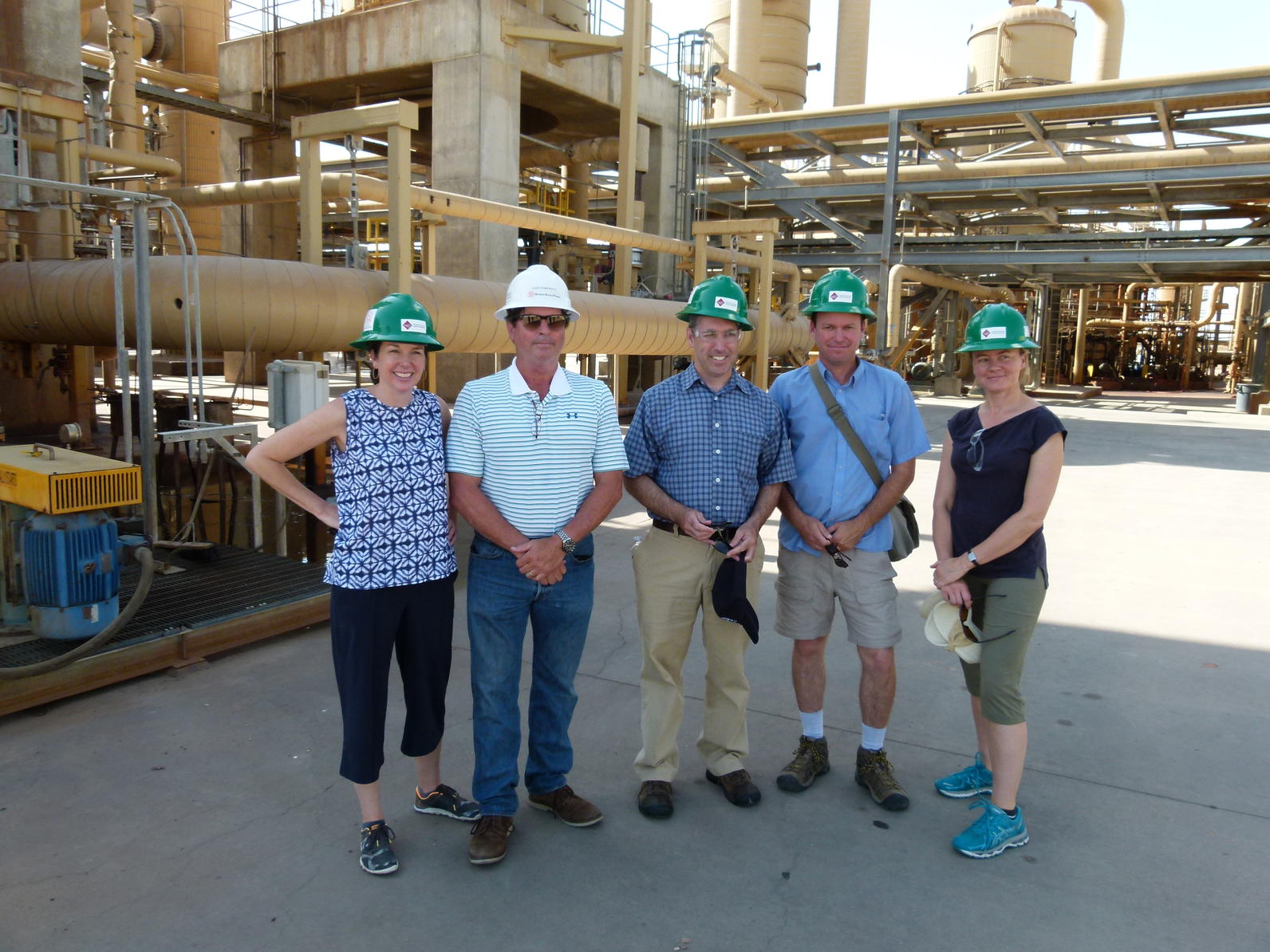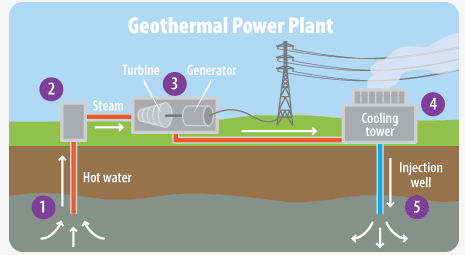
If you’ve been keeping up with Audubon California, you’ve probably learned a lot about the Salton Sea. It’s California’s largest lake by land area, but based on picture evidence Salton Sea has had its better days. Unfortunately, the pictures don’t lie. Salton Sea has been losing water rapidly and has become dangerously salty as a result. This is harmful for the economy that used to rely on Salton Sea tourism and for the 400-plus bird species that have used the Salton Sea as a major nesting and stopover site.
Many of the recovery efforts have focused on directly allocating money for habitat restoration efforts, which Audubon California supports. However, developing geothermal in the area could be another way to help bird and human residents of the Salton Sea.
Most people aren’t particularly aware of geothermal energy, or if they are, they think geothermal is pretty much only viable in Iceland. And yet, geothermal is currently 22 percent of California’s renewable energy portfolio (a greater sum of electricity than Iceland’s geothermal) and there are still untapped resources for further geothermal development in the state.
Geothermal works by literally tapping into the earth’s inner energy at points where hot molten rock is closest to the surface. This heats water into steam, which then spins turbines to create electricity. Many of these spots in California are near—you guessed it—the Salton Sea.

Just this past week, the Audubon California team visited the John L. Featherstone Plant. Featherstone is the only new geothermal plant built in the Salton Sea resource over the past 20 years. According to the team, such plants offer major environmental benefits to the area—even more than solar, the other popular renewable energy choice in desert areas.
“One of the problems with solar and wind is that they can leave gaps in electricity production at night or when the wind isn’t blowing,” explained Garry George, Audubon California’s Renewable Energy Director. “By comparison, geothermal provides a stable baseload.”
Providing this stable baseload means that the grid will always have enough energy to stably provide electricity. But geothermal is also advantageous because it takes up relatively little space. As Audubon California’s Director of Bird Conservation Andrea Jones put it, “we like geothermal because it has such a small land footprint in such a delicate desert habitat.”
Although it is hard to calculate as a rule just how much more energy can be produced in the same-sized area by geothermal versus solar, a comparison of local electricity production can give a good estimate. By comparing Featherstone to a nearby solar project, the difference is clear. The geothermal plant can produce about 1.2 megawatts per acre of land while the solar complex can produce about 0.19 megawatts per acre, making geothermal more than six times as land-efficient as local solar facilities.
Not only do geothermal plants use less land, they also use less biologically-important land. While solar panels are installed anywhere the sun shines (perhaps on critical habitat for desert wildlife) and wind turbines are installed anywhere the breeze is strong (perhaps en-route for a critical migration pathway), places that work with geothermal are generally too hot to be home to much wildlife. This makes safe-siting for the projects much easier.
Finally, like other renewables, geothermal electricity production doesn’t emit carbon dioxide. Admittedly, it does still generate mineral byproducts. Sometimes these substances have to be deposited into hazardous waste sites, but plants like Featherstone are increasingly working to repurpose the waste into useful concrete-like products.
The main drawback to geothermal, then, is that it remains a more costly electricity option. And yet, when we compare it to the environmental costs of fossil fuels or even the costs of habitat restoration that solar development in delicate ecosystems like the Salton Sea would incur, geothermal looks to be a viable option.
By Ada Statler-Throckmorton
Monthly Giving
Our monthly giving program offers the peace of mind that you’re doing your part every day.




